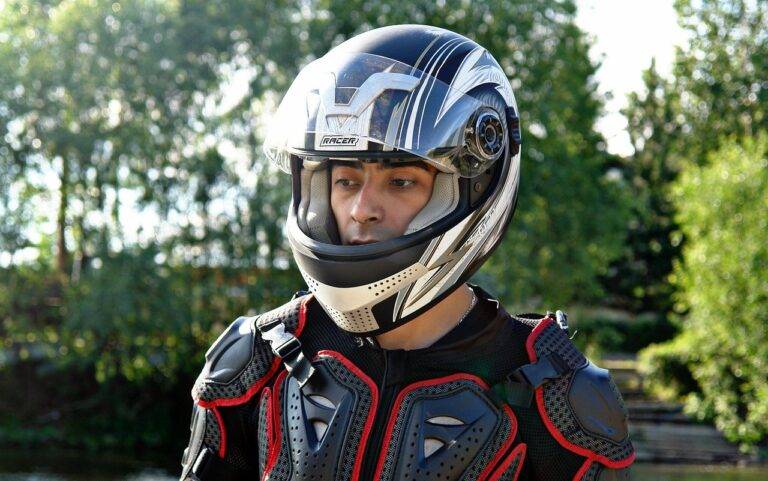Gender and Sexuality in Comics: Representation and Progress
When it comes to LGBTQ+ representation in mainstream comics, there has been a notable shift in recent years towards more diverse and inclusive storytelling. Characters across the LGBTQ+ spectrum are now being portrayed in a more authentic and positive light, reflecting the real-world diversity of society. This change has been welcomed by many fans and critics, who appreciate seeing characters that they can relate to and feel represented by in their favorite comic book stories.
One significant development in the representation of LGBTQ+ characters in mainstream comics is the introduction of well-rounded and complex personalities that go beyond stereotypes. Rather than being defined solely by their sexual orientation or gender identity, these characters are given depth and nuance, allowing readers to connect with them on a more human level. This shift towards more realistic and multidimensional portrayals has helped to challenge outdated tropes and foster a greater sense of inclusivity within the comic book industry.
Evolution of Gender Roles in Superhero Storylines
In recent years, there has been a noticeable shift in the portrayal of gender roles in superhero storylines. Traditionally, female characters were often relegated to the role of damsels in distress or love interests for the male heroes. However, contemporary comics have started to challenge these stereotypes by introducing strong and independent female superheroes who are just as capable as their male counterparts.
This evolution in gender roles has not only led to more diverse and complex characters but has also opened up conversations about gender equality within the superhero genre. Female superheroes are now being depicted as leaders, warriors, and problem-solvers, breaking away from the limited roles they were once confined to. Additionally, male characters are also being portrayed in a more nuanced light, showing vulnerability and emotional depth, which adds layers to their personalities and challenges traditional notions of masculinity in superhero narratives.
Have LGBTQ+ characters always been represented in mainstream superhero comics?
No, historically LGBTQ+ characters were not commonly represented in mainstream superhero comics. However, in recent years there has been a more concerted effort to include diverse and inclusive characters in these storylines.
How have gender roles evolved in superhero storylines over time?
Gender roles in superhero storylines have evolved to be more inclusive and diverse. Female characters are now often portrayed as strong and independent heroes, breaking away from traditional stereotypes. Additionally, male characters are shown to have vulnerabilities and emotional depth, challenging the previous norms of stoic masculinity.
Why is it important to have LGBTQ+ representation in superhero comics?
LGBTQ+ representation in superhero comics is important for promoting diversity and inclusivity. By including characters from the LGBTQ+ community, comic books can better reflect the real world and provide representation for readers who may identify with these characters.
How do these changes in superhero storylines impact society as a whole?
The evolution of gender roles and LGBTQ+ representation in superhero storylines can have a positive impact on society by challenging stereotypes and promoting acceptance and understanding. These stories can inspire readers to embrace diversity and celebrate differences in the world around them.





